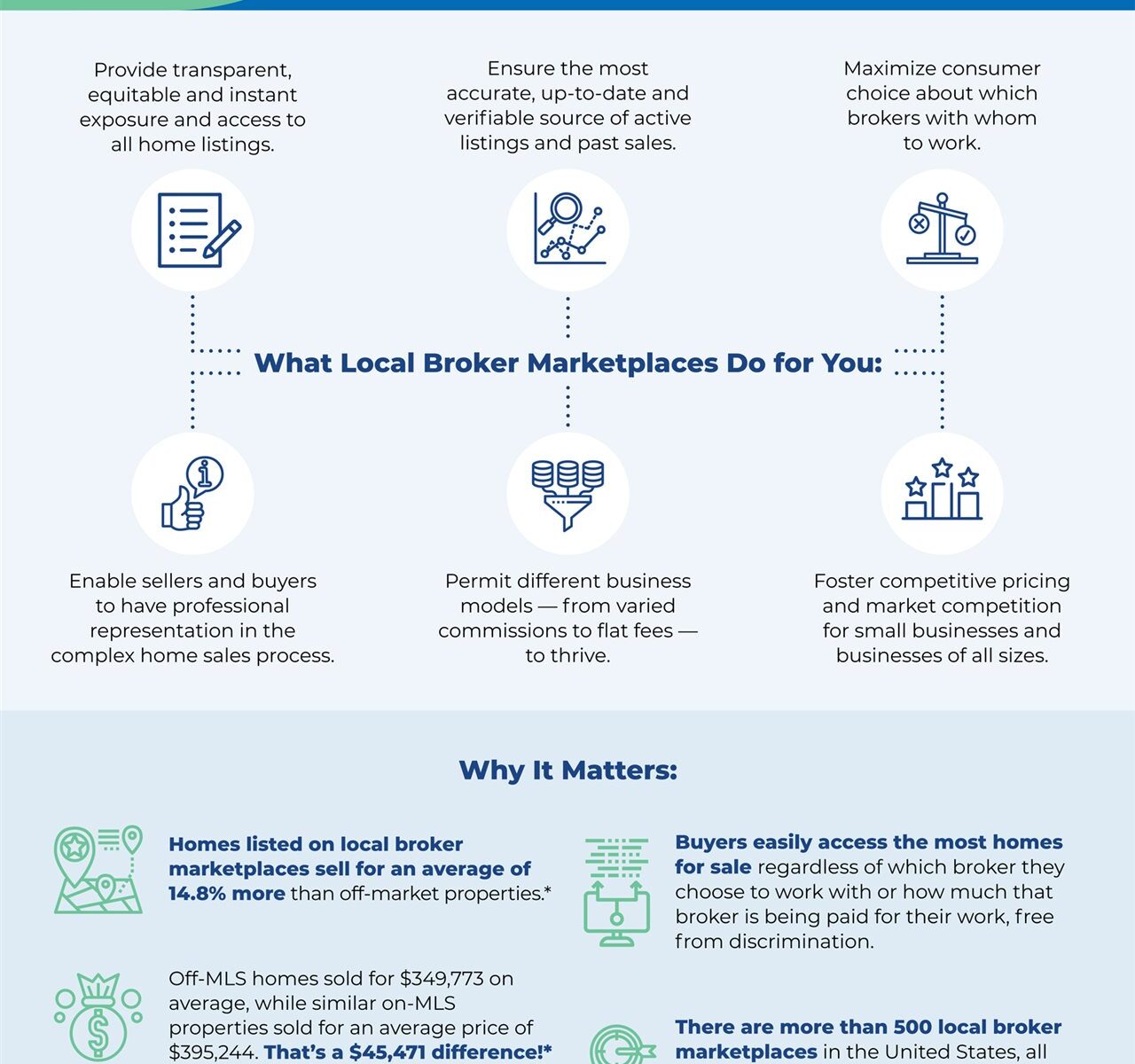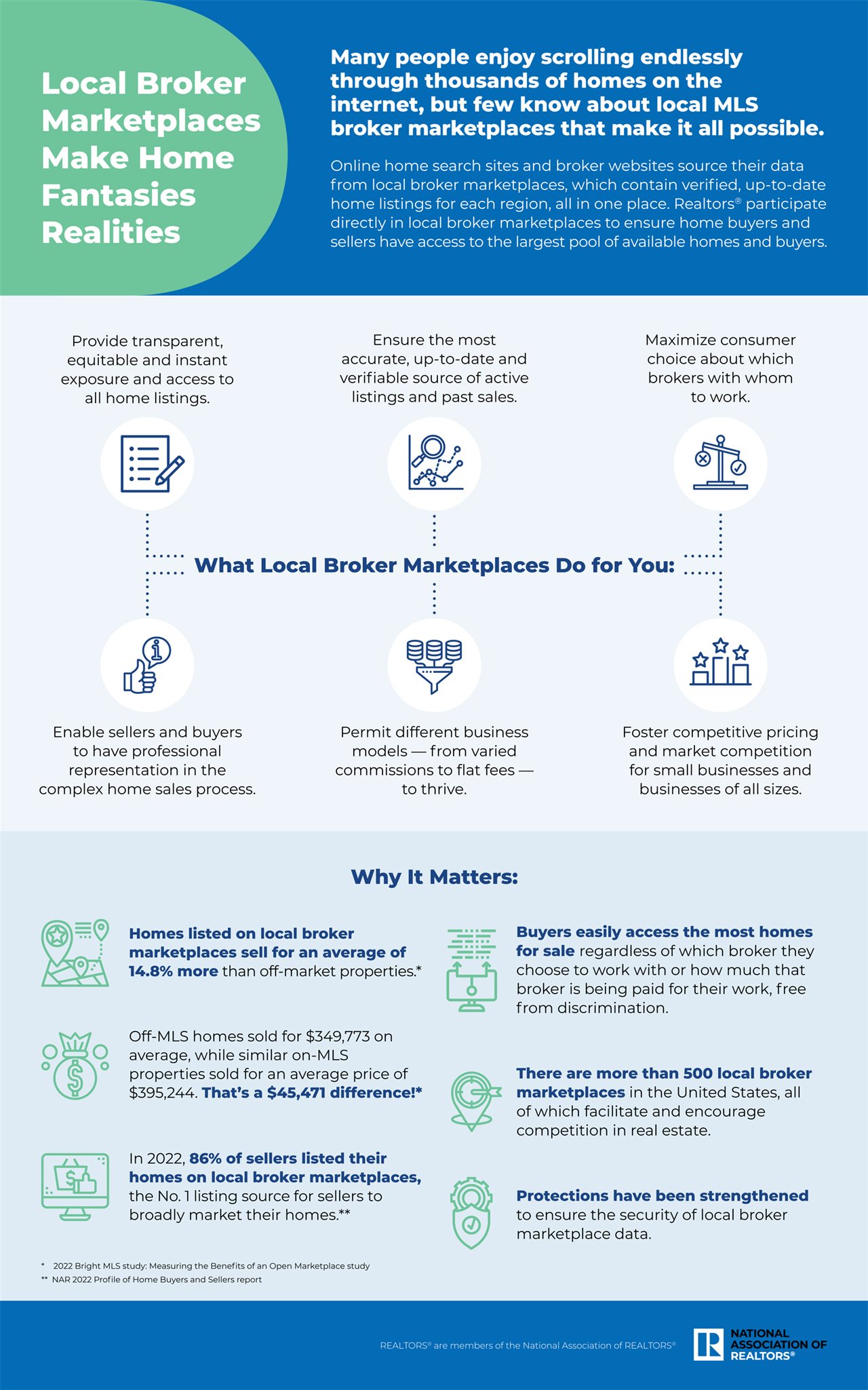2023-03-15T06:01:00
(BPT) – This content is sponsored and provided by Novartis.
“I have cancer. Cancer doesn’t have me.”
Lisa, a Maryland mother, grandmother, travel agent and minister, is adamant about not letting breast cancer prevent her from living her life to the fullest. After an initial diagnosis of stage II hormone receptor-positive, human epidermal growth factor receptor-2 negative (HR+/HER2-) breast cancer, Lisa underwent chemotherapy, had a lymph node removal, and a mastectomy on one side. Then, her cancer went into remission.
Several years later, Lisa developed a chronic cough and had difficulty breathing but thought it may be allergies. However, during her annual follow-up with her oncologist, she shared this new symptom, and her provider urged her to get testing done to rule out if her cancer had returned. After her bloodwork came back with extremely high tumor markers, a PET scan also revealed that her cancer had come back and had spread to her lungs and bones. A CT scan and MRI later found the cancer had also spread to her brain. Cancer returning was something Lisa never expected. And this time it was in the form of HR+/HER2- metastatic breast cancer.
More than 150,000 women are living with metastatic breast cancer in the United States, three-fourths of whom were originally diagnosed with stage I-III cancer1. HR+/HER2- breast cancer is the most common subtype, with 68% of all female breast cancer cases being HR+/HER2-2.
While the majority of patients are diagnosed with early breast cancer, many see their cancer come back after initial treatment, with 87-94% of these recurrences leading to metastatic disease3,4. Being diagnosed with metastatic breast cancer means cancer has spread from the breast to other parts of the body, such as the brain, bones, or liver. While there is no cure for metastatic breast cancer, there are treatments available that can help those living with the disease live longer and well.
It hasn’t been an easy road for Lisa, but with the support of her family, her friends, and her faith, she continues to face each day by advocating for herself, communicating with her healthcare provider and being an active participant in her own treatment journey.
Here are some tips she wants to give others who might be facing a similar journey.
Be your best advocate
Throughout the diagnosis and treatment process, Lisa continued having conversations with her doctor, along with doing her own research, making sure to share her concerns, field any questions and let her doctor know of any side effects from treatment. She took notes during every appointment, looking up things that she didn’t understand when she got home.
When Lisa’s doctor suggested chemotherapy as the first line of treatment for her metastatic breast cancer, she was resistant, as she had experienced complicated side effects from it in the past. When she decided to give it a try and again had difficulty with the side effects, she spoke up for herself.
“It’s important to trust your doctor, but you should always practice your due diligence to make sure you’re getting the care you need,” says Lisa.
Lisa became her biggest advocate having honest and open conversations with her doctor, determined to find the best course for her treatment journey.
Do what works for you
After Lisa spoke up to her doctor about the chemotherapy side effects, her doctor recommended trying KISQALI® (ribociclib) 200 mg tablets, a prescription medicine approved to treat adults with HR+/HER2- metastatic breast cancer in combination with either an aromatase inhibitor or fulvestrant as the first endocrine-based therapy, or following disease progression on endocrine therapy in postmenopausal women or in men.
For Lisa, who recently traveled to England as part of her ministry work, it was extremely important to find a treatment that would allow her the flexibility to continue her regular practices, including her ability to travel.
“This medication has been working very well for me. It’s as close as I can get to feeling like I have a chronic condition and not a terminal illness,” explains Lisa. “I don’t have to sit in a doctor’s office for a day, I can manage my symptoms and I’m able to show up every day — both for myself and for others.”
Lisa has been able to continue socializing with her support network, including close friends and family, and visiting with 3 new grandbabies.
While KISQALI worked for Lisa, all medications affect people differently and it’s important to find the treatment option that works best for you.
Continue to live your life
Lisa decided cancer would not have dominion over her when she was first diagnosed with early breast cancer. When she learned she had metastatic breast cancer, and that the 10-year survival rate was 13%, she reframed her remission narrative and found empowerment in the fact that life is never guaranteed, with or without a cancer diagnosis5. Her focus became to overcome any challenges and obstacles she would face and make the most of the time she has.
“My mentality became ‘long live life,’” says Lisa. “Life is worth living no matter what. You have to choose to live life. You have to choose to make each day count.”
You can read inspiring stories about others like Lisa who are living with HR+/HER2- metastatic breast cancer at KISQALI.com.
Please see full Prescribing Information, including Patient Information.
References
- American Cancer Society. Breast Cancer Facts & Figures 2022-2024. Atlanta: American Cancer Society, Inc. 2022
- Ibid.
- Ibid.
- Wangchinda P, Ithimakin S. Factors that predict recurrence later than 5 years after initial treatment in operable breast cancer. World J Surg Oncol. 2016 Aug 24;14(1):223. doi: 10.1186/s12957-016-0988-0
- Eng LG, Dawood S, Sopik V, et al. Ten-year survival in women with primary stage IV breast cancer. Breast Cancer Res Treat. 2016 Nov;160(1):145-152. doi: 10.1007/s10549-016-3974-x
Indications
KISQALI is a prescription medicine used to treat adults with hormone receptor (HR)-positive, human epidermal growth factor receptor 2 (HER2)-negative breast cancer that has gotten worse or has spread to other parts of the body (metastatic), in combination with:
- an aromatase inhibitor as the first endocrine-based therapy; or
- fulvestrant as the first endocrine-based therapy or following disease progression on endocrine therapy in postmenopausal women or in men.
It is not known if KISQALI is safe and effective in children.
IMPORTANT SAFETY INFORMATION
What is the most important information I should know about KISQALI?
KISQALI may cause serious side effects, including:
Lung problems. KISQALI may cause severe or life-threatening inflammation of the lungs during treatment that may lead to death. Tell your health care provider right away if you have any new or worsening symptoms, including:
- trouble breathing or shortness of breath
- cough with or without mucus
- chest pain
Severe skin reactions. Tell your health care provider or get medical help right away if you get severe rash or rash that keeps getting worse; reddened skin; flu-like symptoms; skin pain/burning; blistering of the lips, eyes, or mouth; or blisters on the skin or skin peeling, with or without fever.
Heart rhythm problems (QT prolongation). KISQALI can cause a heart problem known as QT prolongation. This condition can cause an abnormal heartbeat and may lead to death. Your health care provider should check your heart and do blood tests before and during treatment with KISQALI. Tell your health care provider right away if you have a change in your heartbeat (a fast or irregular heartbeat), or if you feel dizzy or faint.
Liver problems (hepatobiliary toxicity). KISQALI can cause serious liver problems. Your health care provider should do blood tests to check your liver before and during treatment with KISQALI. Tell your health care provider right away if you get any of the following signs and symptoms of liver problems:
- yellowing of your skin or the whites of your eyes (jaundice)
- dark or brown (tea-colored) urine
- feeling very tired
- loss of appetite
- pain on the right side of your stomach area (abdomen)
- bleeding or bruising more easily than normal
Low white blood cell counts (neutropenia). Low white blood cell counts are very common during treatment with KISQALI and may result in infections that may be severe. Your health care provider should check your white blood cell counts before and during treatment with KISQALI. Tell your health care provider right away if you have signs and symptoms of low white blood cell counts or infections such as fever and chills.
Your health care provider may tell you to decrease your dose, temporarily stop, or completely stop taking KISQALI if you develop certain serious side effects during treatment with KISQALI.
What should I tell my health care provider before taking KISQALI?
Before you take KISQALI, tell your health care provider if you:
- have any heart problems, including heart failure, irregular heartbeats, and QT prolongation
- have ever had a heart attack
- have a slow heartbeat (bradycardia)
- have problems with the amount of potassium, calcium, phosphorus, or magnesium in your blood
- have fever, chills, or any other signs or symptoms of infection
- have liver problems
- have any other medical conditions
- are pregnant, or plan to become pregnant. KISQALI can harm your unborn baby
- If you are able to become pregnant, your health care provider should do a pregnancy test before you start treatment with KISQALI.
- Females who are able to become pregnant and who take KISQALI should use effective birth control during treatment and for at least 3 weeks after the last dose of KISQALI.
- Talk to your health care provider about birth control methods that may be right for you during this time.
- If you become pregnant or think you are pregnant, tell your health care provider right away.
- are breastfeeding or plan to breastfeed. It is not known if KISQALI passes into your breast milk. Do not breastfeed during treatment with KISQALI and for at least 3 weeks after the last dose of KISQALI
Tell your health care provider about all the medicines you take, including prescription and over-the-counter medicines, vitamins, and herbal supplements. KISQALI and other medicines may affect each other, causing side effects. Know the medicines you take. Keep a list of them to show your health care provider or pharmacist when you get a new medicine.
What should I avoid while taking KISQALI?
Avoid eating grapefruit and avoid drinking grapefruit juice during treatment with KISQALI since these may increase the amount of KISQALI in your blood.
The most common side effects of KISQALI include:
- decreased white blood cell counts
- decreased red blood cell counts
- abnormal liver function tests
- infections
- nausea
- increased kidney function test
- tiredness
- decreased platelet counts
- diarrhea
- vomiting
- headache
- constipation
- hair loss
- cough
- rash
- back pain
- low blood sugar level
KISQALI may cause fertility problems if you are male and take KISQALI. This may affect your ability to father a child. Talk to your health care provider if this is a concern for you.
Tell your health care provider if you have any side effect that bothers you or that does not go away.
These are not all the possible side effects of KISQALI. For more information, ask your health care provider or pharmacist. Call your doctor for medical advice about side effects. You are encouraged to report negative side effects of prescription drugs to the FDA. Visit www.fda.gov/medwatch, or call 1-800-FDA-1088.
2/23 266490
















